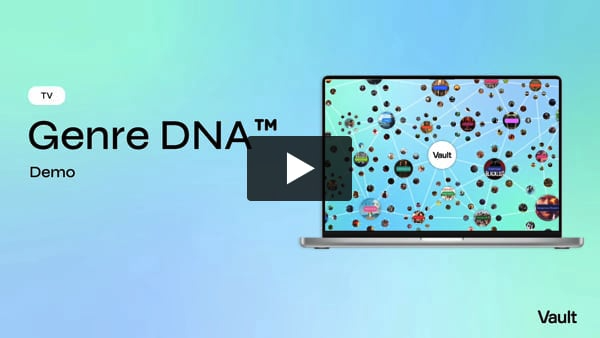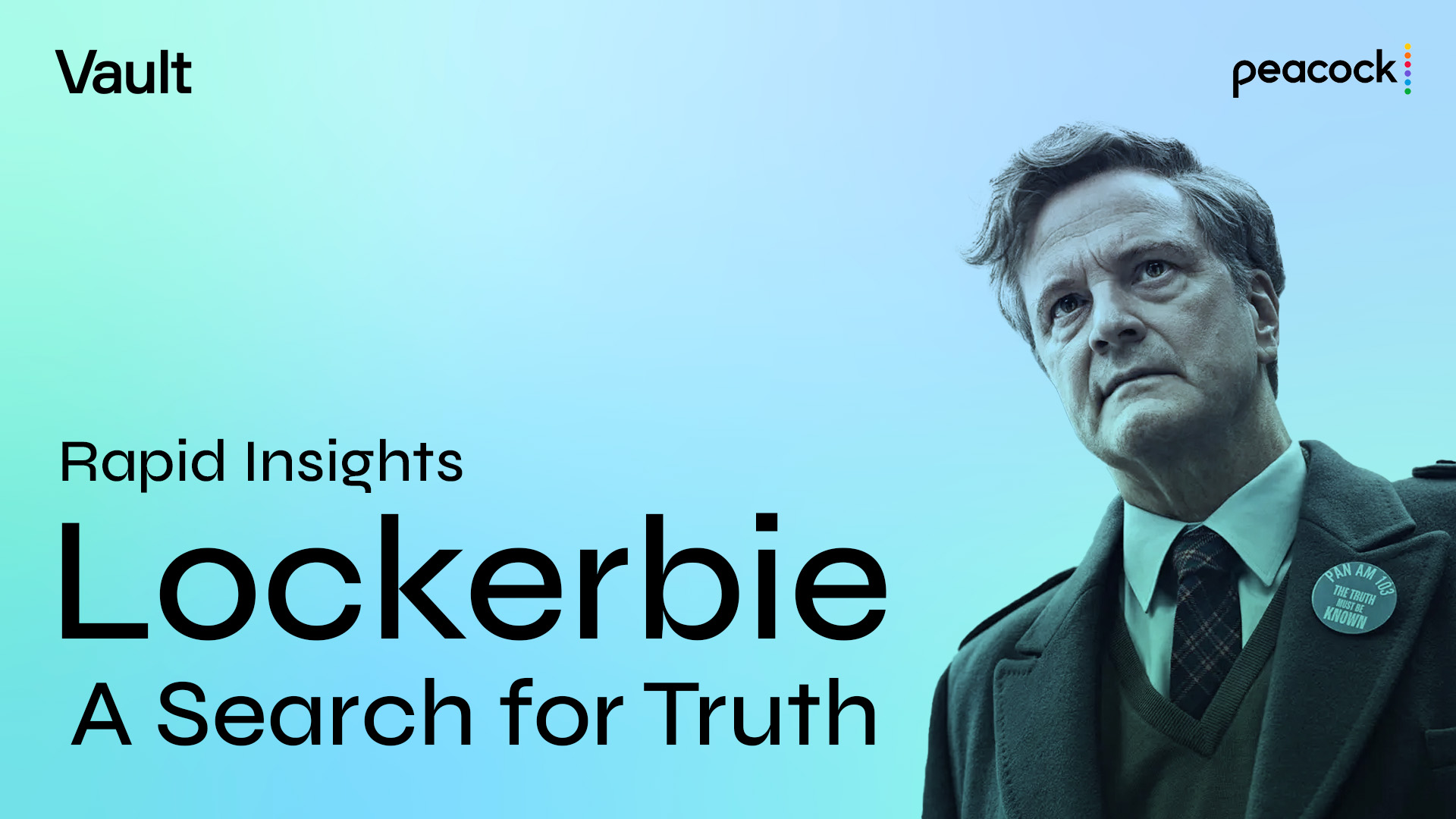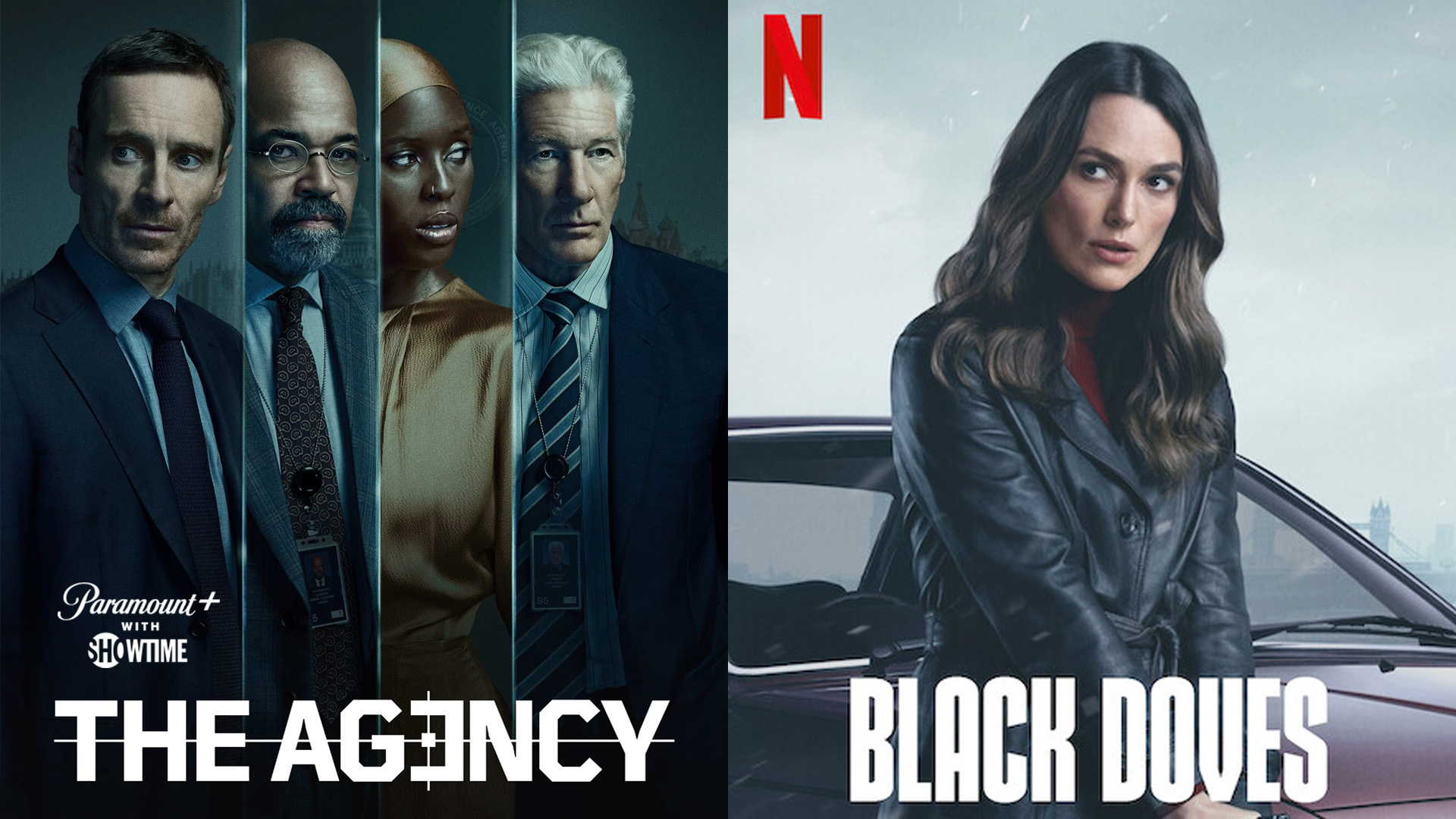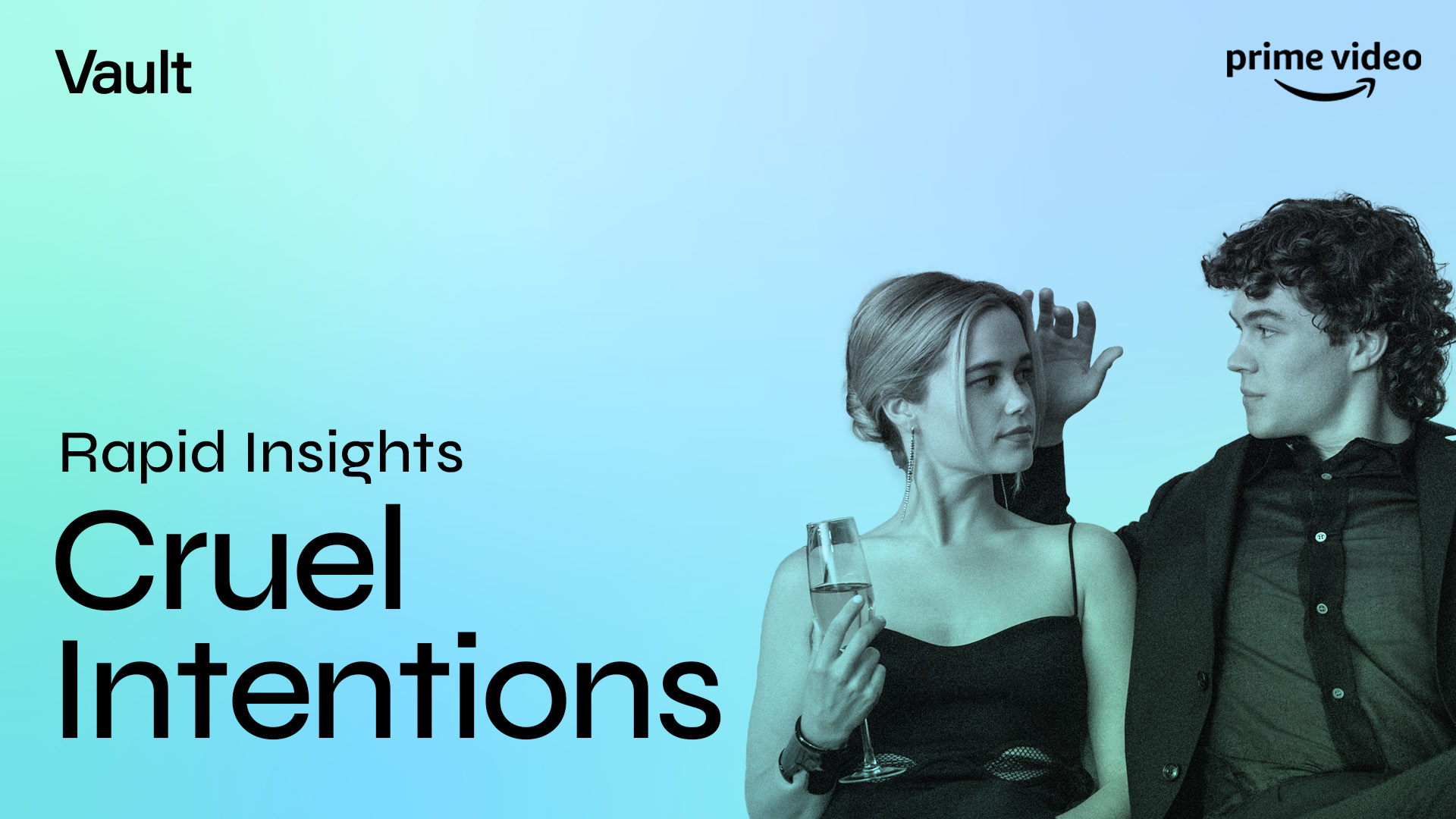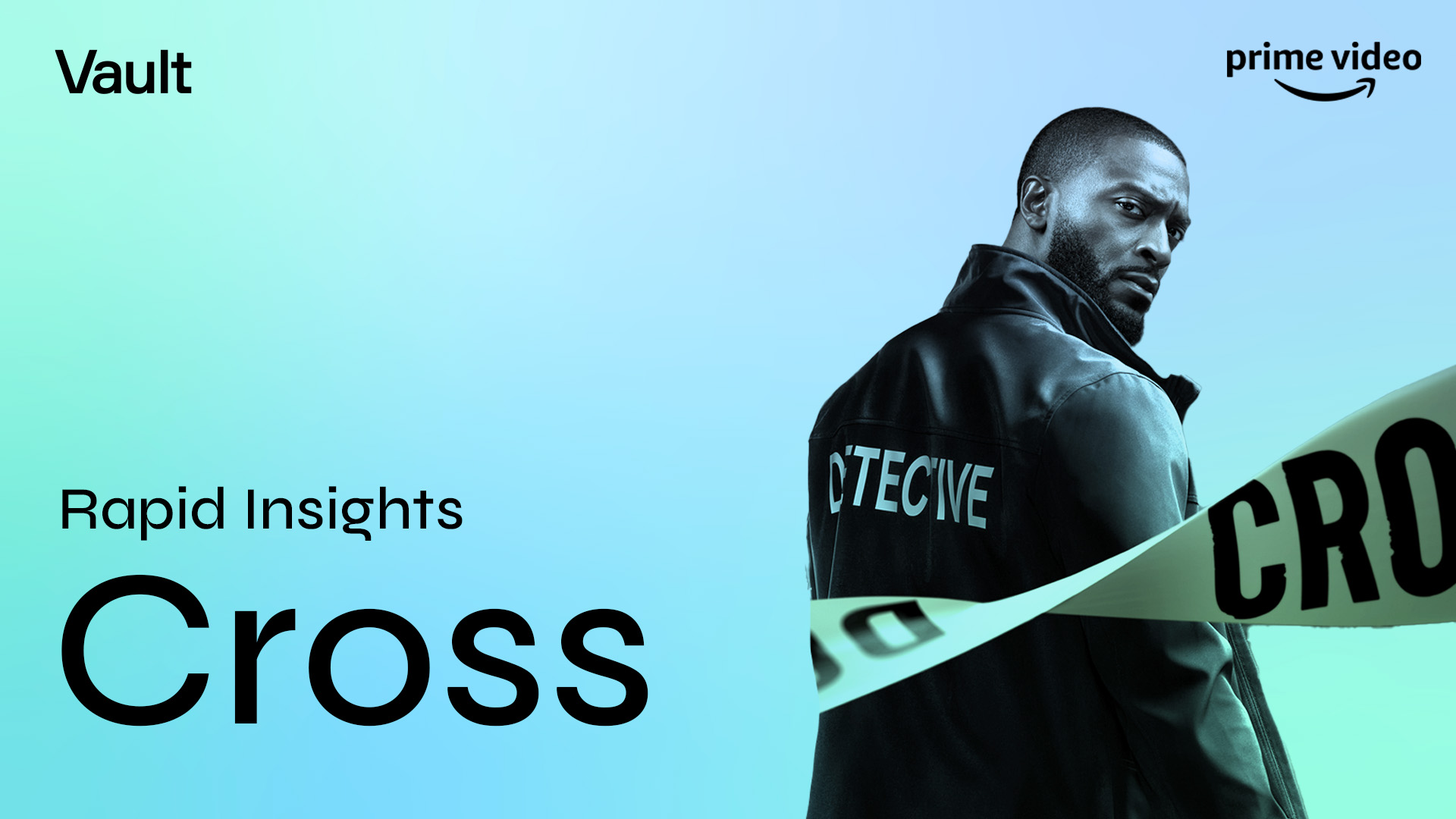NBC has just premiered an intriguing new mystery-drama-procedural in its mid-season line-up that channels the best of the network’s The Blacklist, Blindspot, and Found. This new series follows a small team of special agents as they track down and capture the country’s most dangerous serial killers–all of whom escaped from a top-secret underground prison that officially does not exist.
Here’s what you need to know about The Hunting Party:
Vault AI uses index scores to describe the impact a given story/theme/element will have on specific KPIs:
≤79 Disappointing 80-89 Challenging 90-109 Average 110-119 Promising 120+ Outstanding
Who’s tuning in for this exciting new crime thriller?
We’re seeing an audience that leans toward women (60%) and is heavily aged 35+ (94%)–the sweet-spot viewer profile for this broadcast network-led genre. The Hunting Party falls right in line with other villain-of-the-week twisty procedurals like The Blacklist, Blindspot, and Criminal Minds.
What is the show’s main hook for viewers?
The Dangerous Missions (146). The core general premise of The Hunting Party is by far its biggest selling point, more so than any specifics around characters, plot, or mystery. Audiences are drawn to its intense weekly Psychological Investigations (151) as the team of agents and profilers Races Against Time (129) to stop a succession of notoriously brutal Serial Killers (149) before they can find their next victims (Being Hunted, 114). As is the case with several other serial killer-based dramas (Hannibal, Prodigal Son, Mindhunter, Bosch), the murderers themselves as well as the urgent charge to stop them primarily drive the show’s longevity, but they do also contribute to its ratings.
How important are the characters themselves?
They’re more appealing as a team. The task force assigned to capture the at-large killers is a cross-agency effort combining FBI and CIA special agents (US Federal Agencies, 122), members of the military, and guards from the secret prison, and their overall Team Up (133) and often charged interpersonal dynamics (Co-worker Relationships, 116) will help keep things interesting for viewers–and drive bingeability. However, the individualistic Troubled Past (114) and Inner Conflict (104) of the team’s tense figurehead–criminal profiler Rebecca “Bex” Henderson–is but a much softer draw.
What about the show’s compelling twists and turns?
They’re a secondary attraction. The mystery of the covertly-run prison that houses hundreds of supposedly-executed serial killers (Secret Organization, 132) and the suspicious, Dark Secrets (111) surrounding it add to The Hunting Party’s watchability. This enigmatic backdrop sets up plenty of cliffhangers during the show’s first season, adding a twist to its core procedural backbone and making it feel different and unique.
How does its social buzz look?
Encouraging. The late-January sneak peek of the pilot episode spiked its level of online chatter to the “outstanding” level, peaking at (144) out of a max of (160). Repeated airings then kept the show on viewers’ radars, with social buzz hanging out in the high-“promising” to low-“outstanding” range and currently trending upward. It seems very likely that the show will see another big jump with the release of episode two next week.
Most Popular Rapid Insights:
Redefine your understanding of TV subgenres
Introducing Genre DNA™ – TV subgenres redefined by groundbreaking AI analysis to reveal the true drivers of viewership.
See the insights that others can’t
Genre DNA™ goes beyond traditional TV genre classifications by analyzing over 1,000 scripted and unscripted series on both linear and SVOD platforms from the last 5 years.
Each Vault Genre DNA™ report offers a precise analysis of your chosen TV subgenre, uncovering its unique drivers of viewership.
*Publicly released trailers for series are evaluated using Vault’s algorithms – utilizing our proprietary 120K+ story element database alongside viewership performance and other datasets – to identify unique combinations of stories, themes, characters, and genre elements that will drive success.

